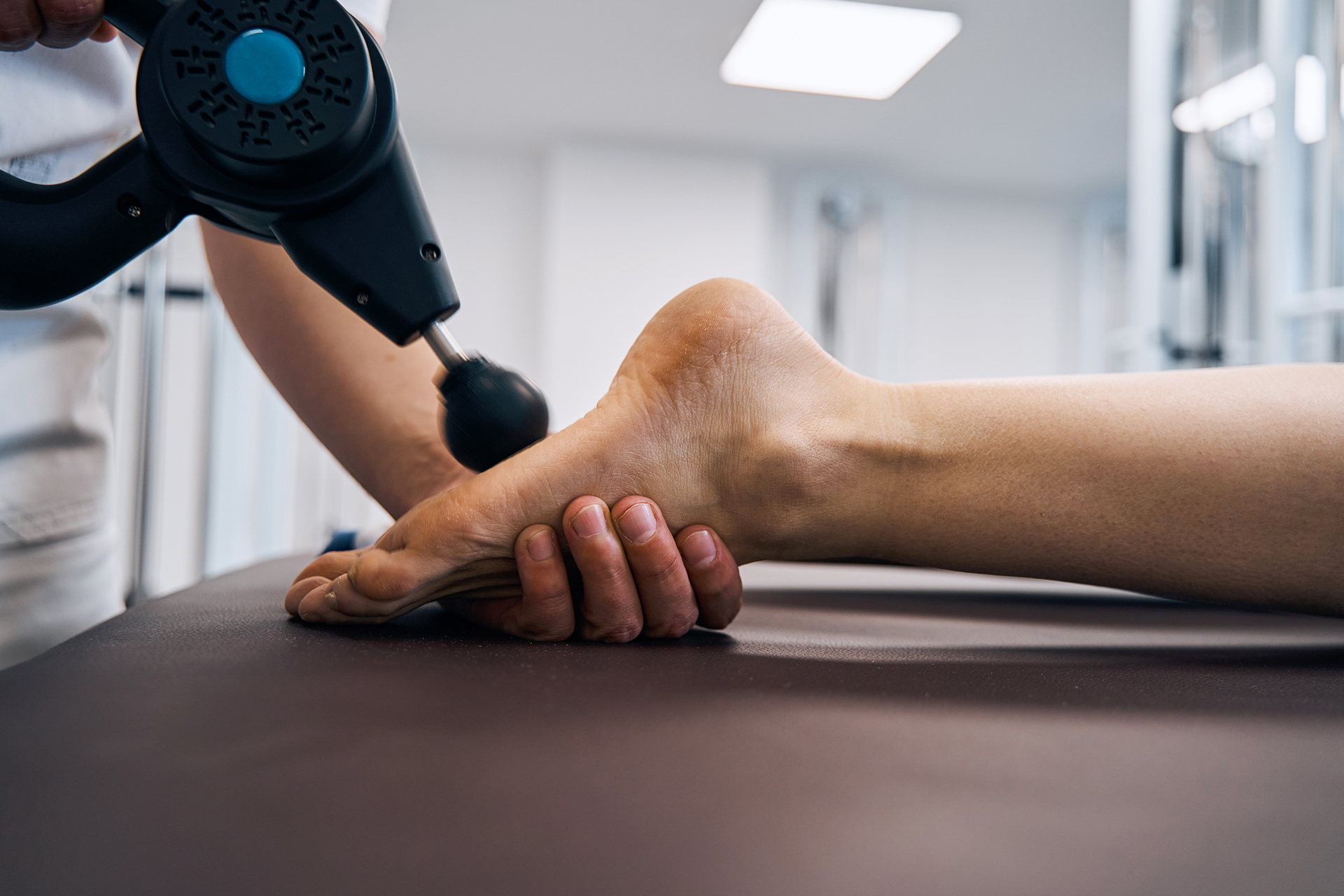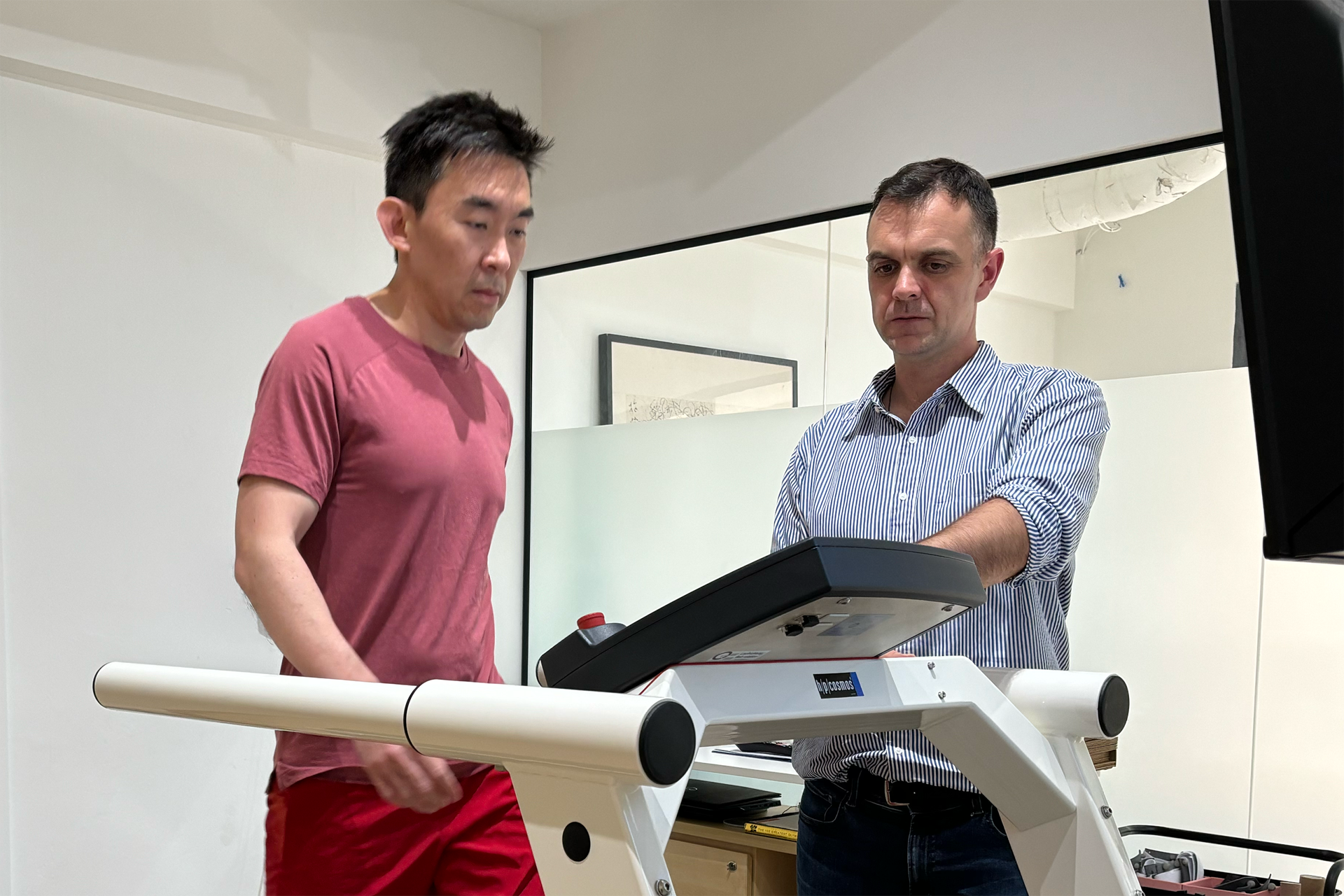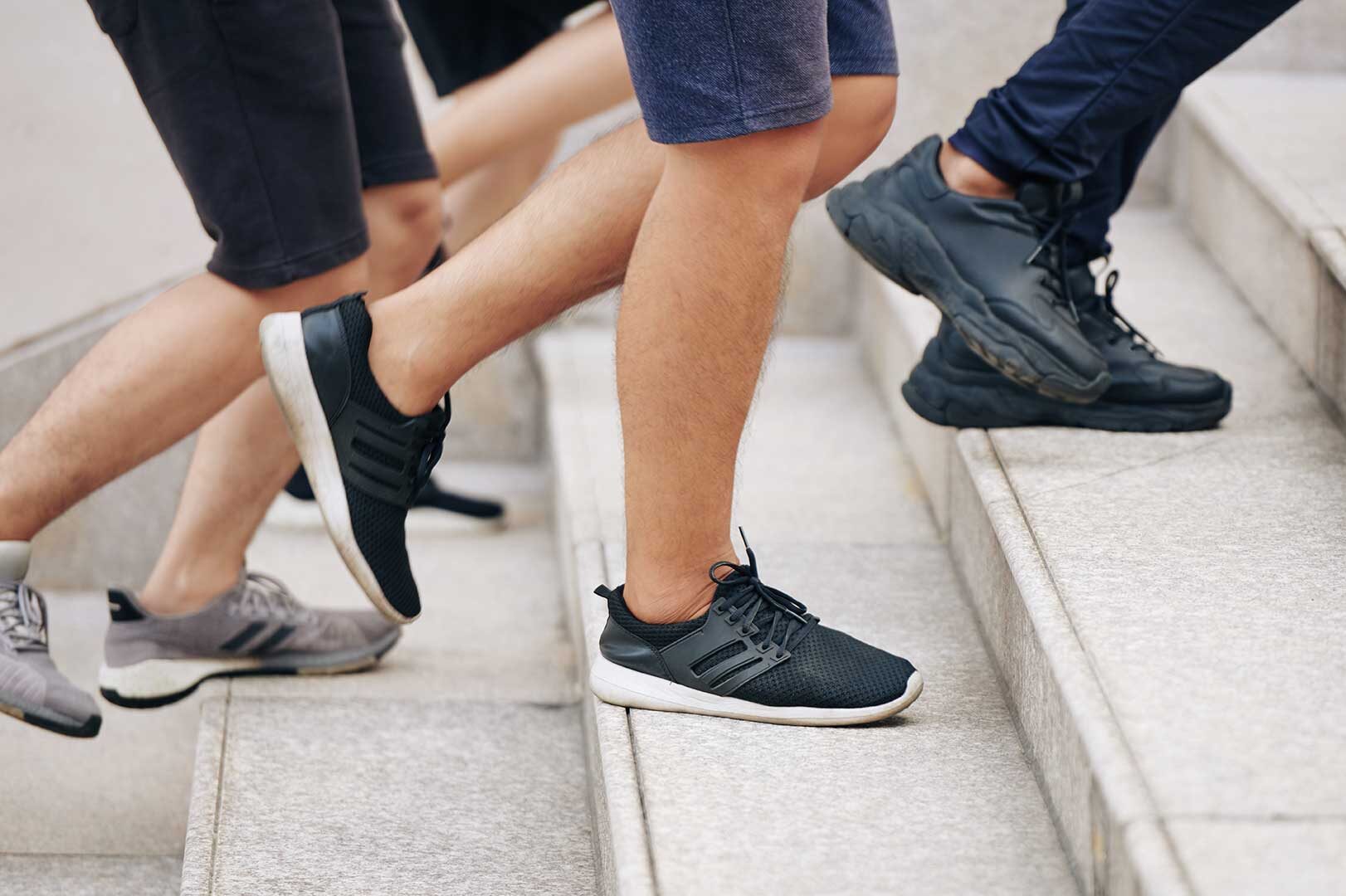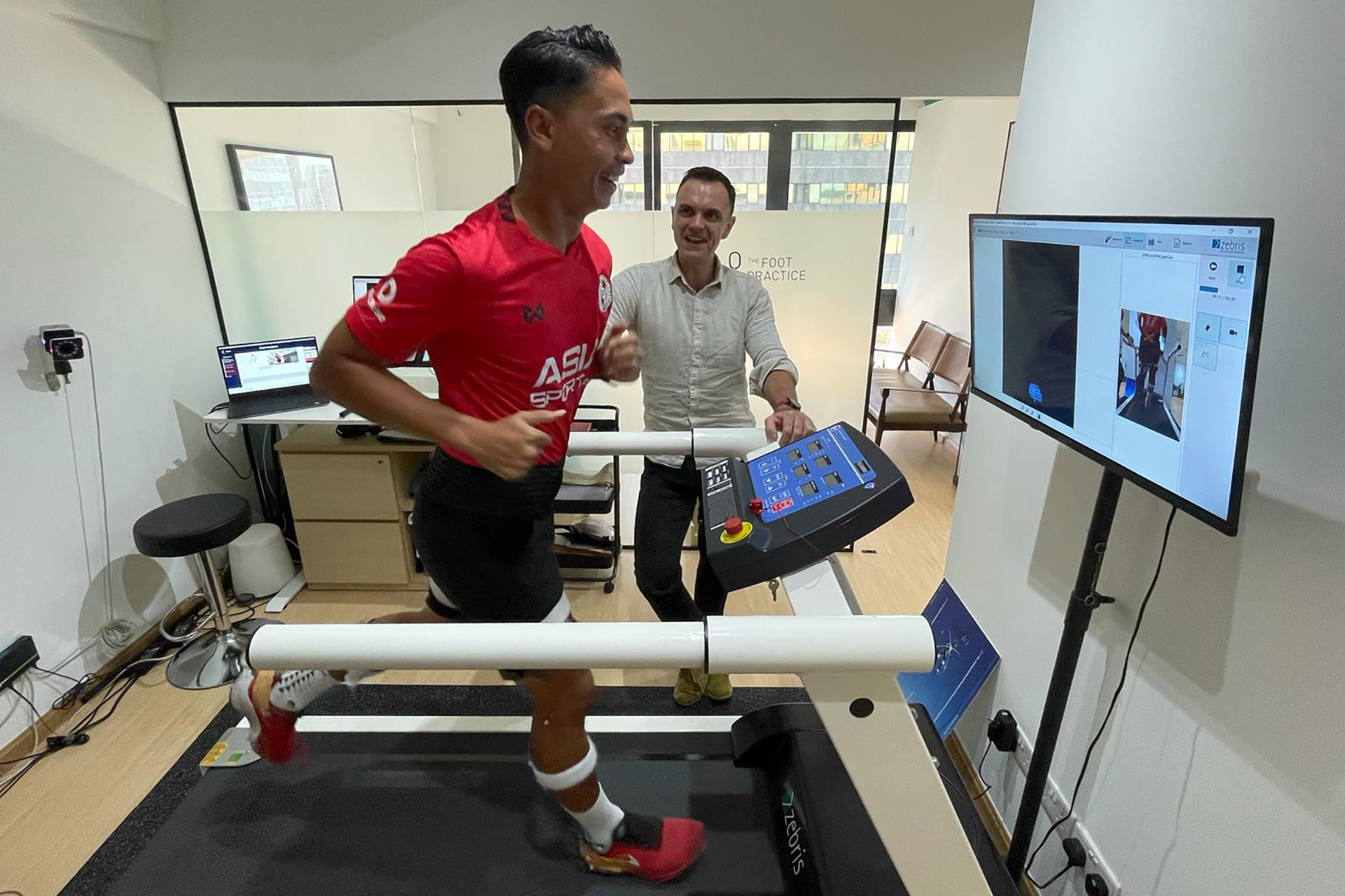Nearly 60 percent of women wear shoes with poor support, such as high heels, pumps and sandals. High heels can cause several different foot and lower limb conditions like mild ingrown toenail pain and ankle pain.
The list of problems that high heels can cause your body is a long one. For one, high-heeled shoes are a common cause of ingrown toenails. When you wear high heels your centre of gravity shifts. This creates an imbalance that the rest of your body works to compensate for the shift in weight leading to an increased prevalence of injuries. Despite these unfortunate issues, those extra few centimetres not only help with thinner, longer-looking legs but also a boost in personal confidence, and most women are not willing to give them up!
So, we’re going to share some insights to shed light on preventative measures and podiatric treatments to soften the risk of injuries and reduce foot pain from high heels.
Foot Problems Caused by High Heels
The natural mechanics of your body are completely thrown off balance with high heels. Chronic heel pain, which begins in the foot, can affect nearly every region of your body. If you don’t take precautions to strengthen and stretch your heels to avoid problems, you may be putting yourself through a lot of pain and exacerbate other foot conditions.
Pain beside the toenail can be a sign of an ingrown nail. It can be uncomfortable, but many women are ready to put up with the toenail pain and discomfort to keep wearing their high heels. If left untreated, more significant issues can develop, including permanent damage to the toenail. Wearing high heels puts constant pressure on the big toes, resulting in dysfunctional toenail growth, known as onychocryptosis, which is caused by the toes crushing together and the big toenail developing into the skin. The minor irritation can complicate into a more nagging infection that requires the full removal of the toenail.
Heels can also cause more issues than ingrown toenails. Women who wore high-heeled shoes at some point when they were younger reported more heel and ankle pain as adults [1]. In addition, nearly 64 percent of women who identified pain in their hind feet wore shoes that lacked support and structure. And this is crucial: chronic high-heel wearers experience discomfort and pain even after they remove their heels.
Wearing high heels regularly can shorten calf muscles by 13 percent [2]. Aside from that, wearing heels appears to thicken your Achilles tendon, which could be a problem for runners.
For people with diabetes, high shoes should be avoided by people with Type 2 diabetes because they can further restrict circulation in the feet.
What Can Be Done to Avoid Pain in Feet from Wearing Heels?
Eight out of ten women say their shoes hurt, and women are nine times more likely than men to develop foot problems due to ill-fitting shoes. However, when shopping for a pair of killer-looking heels, pain is probably one of the furthest things from a shopper’s mind.
Bunions, ankle sprains, muscular imbalances, lower back discomfort, neck pain, sprains and strains, foot pain, and ingrown toenails are all common concerns connected with wearing high heels. Are you looking for how to stop ingrown toenails from happening? Is there a way to make walking in heels hurt less? Here are some tips from our podiatry clinic:
- If you have bunions, a Women’s Shoe Insoles shoe-specific orthotic device can help to reduce pain.
- Wear heels as little as possible on days you plan to walk and stand for long periods.
- When shopping for new shoes, carry a cardboard cutout of your feet. If the cardboard sketch can’t fit into a shoe, then that means your feet will be squished potentially leading to issues.
- If wearing heels is a must, choose ones with a lower heel and toes that aren’t tiny and pointed.
- Straighten your toenails with a clipper to prevent ingrown toenails.
- Don’t forget to stretch your calves at least once daily, holding each stretch for 30 seconds.
Wearing high heels might be uncomfortable for your feet, but retiring your high heels for good is also unlikely. So if you would like to learn more about how shoes can affect your feet and walking gait, explore our site to find out more about high-heel pain relief, ways to address ankle pain from wearing high heels, and ingrown toenail treatment. If you’re ready to relieve your pain, make an appointment today with our leading podiatrist.
——————–
Sources
[1] Alyssa B. Dufour, Kerry E. Broe, Anne H. Walker, Erin Kivell, Uyen-Sa D.T. Nguyen, Marian T. Hannan, David R. Gagnon, Howard J. Hillstrom. Foot Pain: Is Current or Past Shoewear a Factor? Arthritis Care & Research, 2009; DOI: 10.1002/art.24733
[2] Csapo, Robert & Maganaris, Costis & Seynnes, Olivier & Narici, Marco. (2010). On muscle, tendon and high heels. The Journal of Experimental Biology. 213. 2582-8. 10.1242/jeb.044271.






